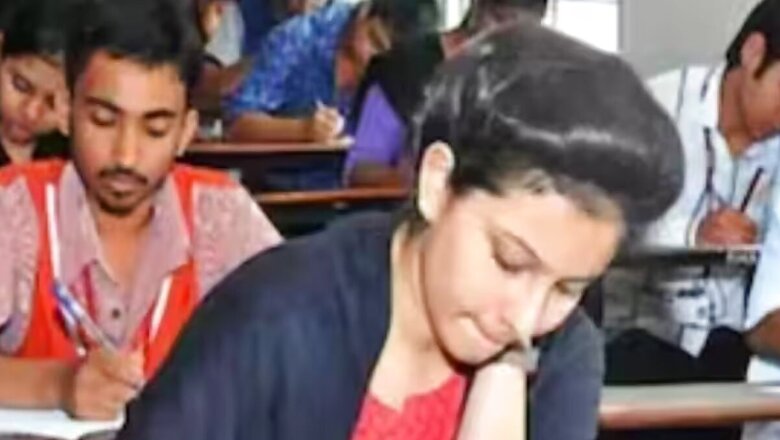
views
The Common Aptitude Test (CAT) 2023 is being conducted today in three slots. The first slot paper has concluded. It was held from 8.30 am to 10.30 pm. According to experts, the slot 1 paper was more complex when compared to last year’s paper. In fact, the morning slot was more challenging than the other two slot papers held in CAT 2023, experts said.
“The difficulty, overall, for CAT 2023 in the morning slot was slightly on the higher side compared to that of all of the slots of the two previous CATs. Based on the student feedback received so far, the unexpectedly high difficulty level would have packed more of its punch to those in the morning slot than it would be for those in the other two slots,” Ramnath Kanakadandi, Senior Course Director, T.I.M.E said.
“The CAT 2023 morning session unfolded smoothly, aligning with expected criteria. Although the exam displayed a higher level of complexity compared to its predecessor, it maintained adherence to the established framework observed in previous years. It is noteworthy that there were no significant deviations from the expected examination pattern,” Kanakadandi added.
The examination featured three sections — Verbal Ability and Reading Comprehension (VARC), Data Interpretation and Logical Reasoning (DILR), and Quantitative Ability (QA). Students said that the unexpectedly challenging nature of the CAT 2023 slot 1 paper “had a more pronounced effect on those in the morning slot than on those in the other two slots.”
The only change coming in the topics were the questions asked in DILR & QA, said Bhushan Bapat, Head of Academics, CAT Division at Supergrads by Toprankers. “VARC saw the return of odd one-out questions. Overall it was easy to moderate. DI LR sets were lengthy and were based on a conceptual understanding of topics including statistics. Overall the level can be ranked as Moderate to tough,” Bapat added. There were also a couple of tough questions on geometry and some tricky questions from arithmetic and algebra in slot 1 paper, he added.
In the case of the slot 2 paper, there were 16 RC questions on critical reasoning in the VARC section. The exam paper featured two tough passages with easy questions, two passages easy with tricky questions, two questions on Para Jumbles (TITA), two questions on Para Jumbles Odd Variety (TITA), two questions on Para Summary, and two questions on missing sentence, Bapat added.
“In DILR, all four sets had 5 questions each with 2 sets having 4 out of 5 questions as TITA questions. One set on a 3×3 grid with a box having coins from 1 to 9 and median values are given. One set on 3 people taking rides from 9 am till 5 pm. One set on companies generating rev from start year till end year with some missing values. One set on a 2-day average for three people getting numbers between 1-9. 2 sets were definitely doable,” he added.
QA had questions from Geometry, SICI, time and work, factor theory, ratio, and percentage, the difference between max possible and min possible values concept, TSD, Numbers, and averages, he added. It was also heavy on algebra and featured time-consuming questions.
For every correct answer, students will get three marks, and for every incorrect answer, one mark will be deducted. There are no penalties for incorrect responses in non-MCQ questions. The CAT 2023 is being conducted for a duration of 120 minutes across 155 cities in designated exam centres in three slots.
Also read | Placements at Newer IIMs Hit Hard as Companies ‘Delay’ Hiring Amid Predictions of Economic Slowdown
The exam features 22 questions in the Quantitative Aptitude section, worth 66 marks. The Verbal Ability and Reading Comprehension test includes 24 questions, worth 72 marks. The Data Interpretation and Logical Reasoning part consists of 20 questions for 60 marks. The applicants’ test scores will go through a normalisation procedure to ensure impartiality and equity in the evaluation of their results across many exam sessions.




















Comments
0 comment